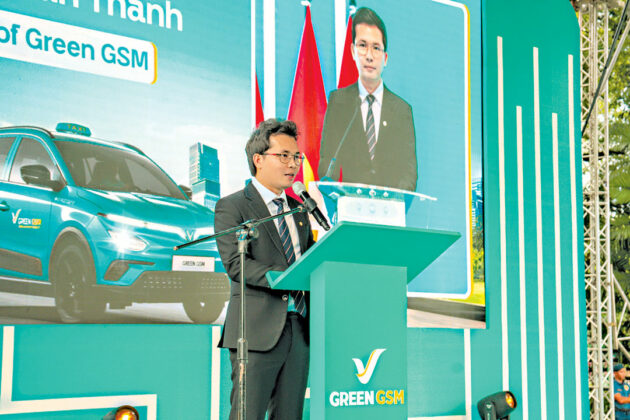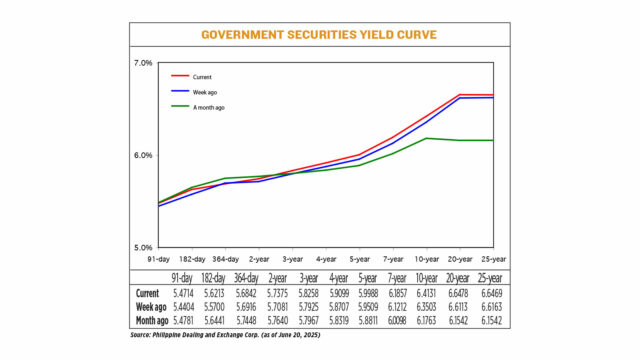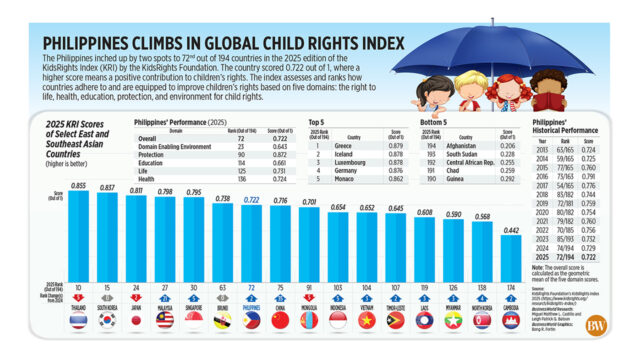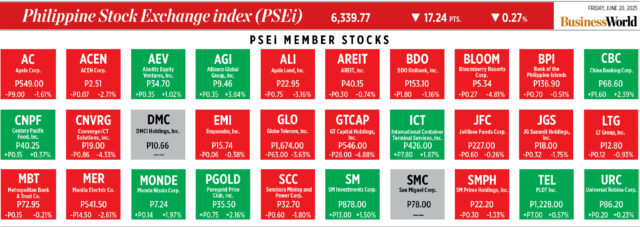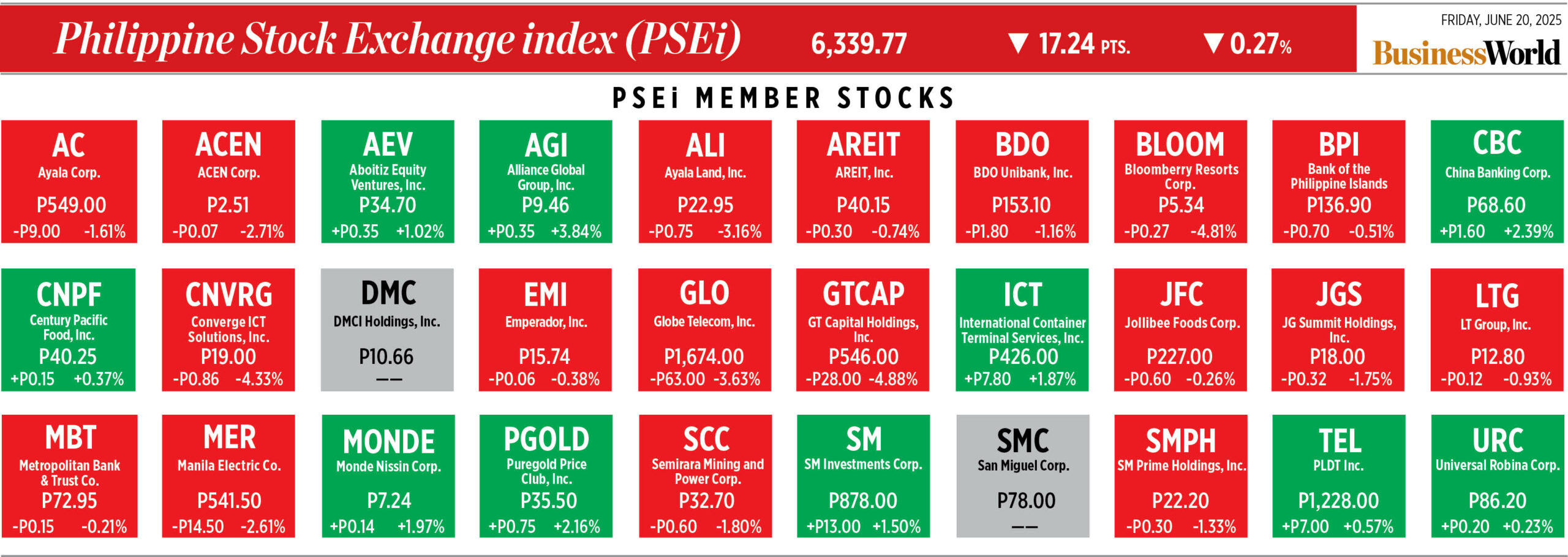We are the world, we are the children

“Russia’s full-scale invasion of Ukraine includes a systematic campaign of forcibly moving children from Ukraine into Russia, fracturing their connection to Ukrainian language and heritage through ‘re-education,’ and even disconnecting children from their Ukrainian identities through adoption. Children documented by the Yale Humanitarian Research Lab (HRL) range in age from four months to 17 years, and many have families looking for them in Ukraine” (yale.edu, March 17).
Ukraine has verified Russia’s deportation of 19,456 children to date, although the true figure is likely to be much higher because Russia frequently targets vulnerable children without anyone to speak for them (childrenofwar.gov.ua/en). Yale’s HRL placed the number of deported children closer to 35,000 as of March 19 (Ibid.).
Russian authorities themselves have claimed that over 700,000 Ukrainian children have been transferred by mid-2023 (Reuters, July 3, 2023). The domestic narrative of the Russian state is that abandoned children are rescued from the ravages of war by the magnanimous Russian state, some political analysts say. The forced transfer of Ukrainian children forms part of a broader propaganda strategy by Vladimir Putin attempting to portray Ukraine as part of the Russian nation, and to justify the invasion, according to The New York Times, March 23, 2023.
Some children have been abducted after becoming separated from their parents while fleeing active war zones, or when their parents were detained in filtration camps. Some children have actually been offered by family and friends to the adoption program of Russia for Ukrainian children, because of dire financial need, or in return for incentives. Ukraine’s ombudsman on children’s rights has alleged that Russian occupation authorities have used abductions as a punitive measure against parents who disobey occupation authorities, revoking their parental rights as punishment for dissent (Ibid.). Some children are abducted by Russian authorities after their parents are killed by Russian forces, Ukrainian officials have said.
Children have been abducted from Ukrainian state-run institutions such as orphanages, group homes, care homes, hospitals, boarding schools, and summer camps. Many of the forcibly transferred children were taken from orphanages and group homes. Families and state institutions lost track of thousands of children in their care amid the turmoil of the war (Der Spiegel, June 22, 2023).
Russia started transferring children from Ukrainian territories in 2014, the first year of the Russo-Ukrainian War, according to a timeline from the Associated Press (March 20, 2023). The vast majority of the abducted children have been taken from southern and eastern Ukraine (Kherson, Kharkiv, Zaporizhzhia, Donetsk, Luhansk and Mykolaiv regions). According to Ukraine’s ombudsman on children’s rights, Russia is carrying out the abductions with the goal of supplementing its own population, and that “Russia is conducting health examinations on the children in order to integrate only healthy Ukrainian children into the Russian nation” (DW.com, March 25, 2023).
The abducted children were given new Russian names. In May 2022, Vladimir Putin signed a decree facilitating the granting of Russian citizenship to Ukrainian children to enable their permanent adoption into Russian families — this change made it difficult if not impossible to ever reunite abducted children with their Ukrainian families, according to Amnesty International (November 2022).
In the same year, the Russian government established a large-scale system of at least 43 children’s camps in Russia and Crimea (most of which previously served as children’s summer resorts) the main purpose of which appears to be “integrating children from Ukraine into the Russian government’s vision of national culture, history, and society… a ‘systematic’ effort to ‘brainwash the Ukrainian children’,” according to a report by Yale School of Public Health’s Humanitarian Research Lab.
Children in such camps have been subjected to “Russification” — Russian state propaganda, and military education (including firearm training). Children have also been provided with formal education in accordance with Russia’s educational standards (either at the camps or at local schools) in an effort to steer them towards attending university in Russia (Yale School of Public Health, March 22, 2023).
On March 17, 2023, the International Criminal Court (ICC) issued arrest warrants for Russian President Vladimir Putin and Russian Children’s Rights Commissioner Maria Lvova-Belova, alleging criminal responsibility for the unlawful deportation and transfer of population (children) from occupied areas of Ukraine to Russia.
The ICC said that they are covered by articles 8(2)(a)(vii) and article 8(2)(b)(viii) of the Rome Statute. The charges carry a potential life sentence. It is the first time the court has issued an arrest warrant against the leader of a permanent member of the United Nations Security Council. ICC Prosecutor Karim Khan said, “We must ensure that those responsible for alleged crimes are held accountable and that children are returned to their families and communities. We cannot allow children to be treated as if they are the spoils of war.” (The Wall Street Journal, March 17, 2023).
OVER IN GAZA
It is indeed the most criminal to seize innocent children as “spoils of war,” or to hold hostage the young for the wars of their fathers. It is terribly unfortunate that the stepped-up Israeli bombings on Gaza should coincide with the escalated Russian war for territories in Ukraine, both wars still raging now. Two months after the ceasefire in place since mid-January, Israel launched a surprise barrage on the Gaza strip that was meant to pressure Hamas into releasing more hostages and accepting changes in the truce’s terms. It turned into one of the deadliest days in the 17-month war (AP News, March 25).
The aerial attacks killed 409 people across Gaza, including 183 children and 88 women, and hundreds more were wounded, according to the territory’s Health Ministry, whose count does not differentiate between militants and civilians. On March 2, when the first, six-week phase of the ceasefire technically expired, Israel had blocked entry of medicine, food, and other supplies to Gaza (Ibid.).
“Israel says it will keep targeting Hamas, demanding it release more hostages, even though Israel has ignored ceasefire requirements for it to first negotiate a long-term end to the war. Israel says it does not target civilians and blames Hamas for their deaths because it (Hamas) operates among the population” (Ibid.). Fresh military ground operations by Israeli forces in the north of Gaza were accompanied by directives that no Palestinians would be allowed to travel into the north from the south.
“I do not spend too much time concerned with who the Israeli military says they targeted in attacks like this,” Miranda Cleland, an advocacy officer with Defense for Children International Palestine (DCIP), said in remarks to Middle East Eye following the first wave of attacks. “Instead, look at the evidence: 183 dead children, comprising almost half of yesterday’s death toll, tells me that this is a war on children.
“Eighteen thousand dead children since Oct. 7, 2023 tells me this is a war on children, regardless of what the Israeli military says” (FRANCE 24 with AP, March 20).
Israel’s war in Gaza has killed more than 50,000 Palestinians, according to Gaza’s Health Ministry, which doesn’t say whether those killed are civilians or combatants but says more than half of those killed were women and children. Israel says it has killed around 20,000 militants, without providing evidence. The war has left most of Gaza in ruins and at its height displaced around 90% of the population (Ibid.).
The renewed bombing follows repeated violations of the ceasefire terms by Israel and comes days after a report commissioned by the United Nations said Israel is “deliberately inflicting conditions of life calculated to bring about the physical destruction of Palestinians as a group.” The March 13 report from the UN Independent International Commission of Inquiry on the Occupied Palestinian Territory examines what it calls Israel’s “systematic use of sexual, reproductive and other forms of gender-based violence since Oct. 7, 2023” (from theconversation.com, March 19).
Deliberate acts aimed against mothers and children, on clinics and hospitals, on homes amounted to “a genocidal act under the Rome Statute and Genocide Convention. This was done with the intent to destroy the Palestinians in Gaza as a group, in whole or in part, and that this is the only inference that could reasonably be drawn from the acts in question” (Ibid.).
The International Court of Justice (ICJ) has yet to rule on a case brought by South Africa in December 2023 accusing Israel of committing genocide in Gaza. In January 2024 it issued a ruling saying that Palestinians in Gaza had “plausible rights to protection from genocide” and set out provisional measures that Israel should follow to prevent genocide. There is no evidence that Israel has heeded this advice (Ibid.).
“With the bombardment on Gaza, Prime Minister Benjamin Netanyahu also secured the return to his government of a right-wing party that had demanded a resumption of the war, solidifying his coalition ahead of a crucial budget vote that could have brought him down” (APnews.com, March 25).
With the over 700,000 Ukrainian children and youth claimed to have been transferred to Russian allegiance (as of mid-2023, according to Russian authorities), President Putin probably thinks he has secured his position for life, as hero for the hegemony of Russia.
Putin might yet be the “wiser” one, albeit devious and calculating: children are the future of a country. But let the children live in Truth and Justice. And in Freedom.
As a popular charity song for the hungry children in the Ethiopian famine of 1985, by Michael Jackson and Lionel Richie, said: “We are the world. We are the children.”
Amelia H. C. Ylagan is a doctor of Business Administration from the University of the Philippines.




